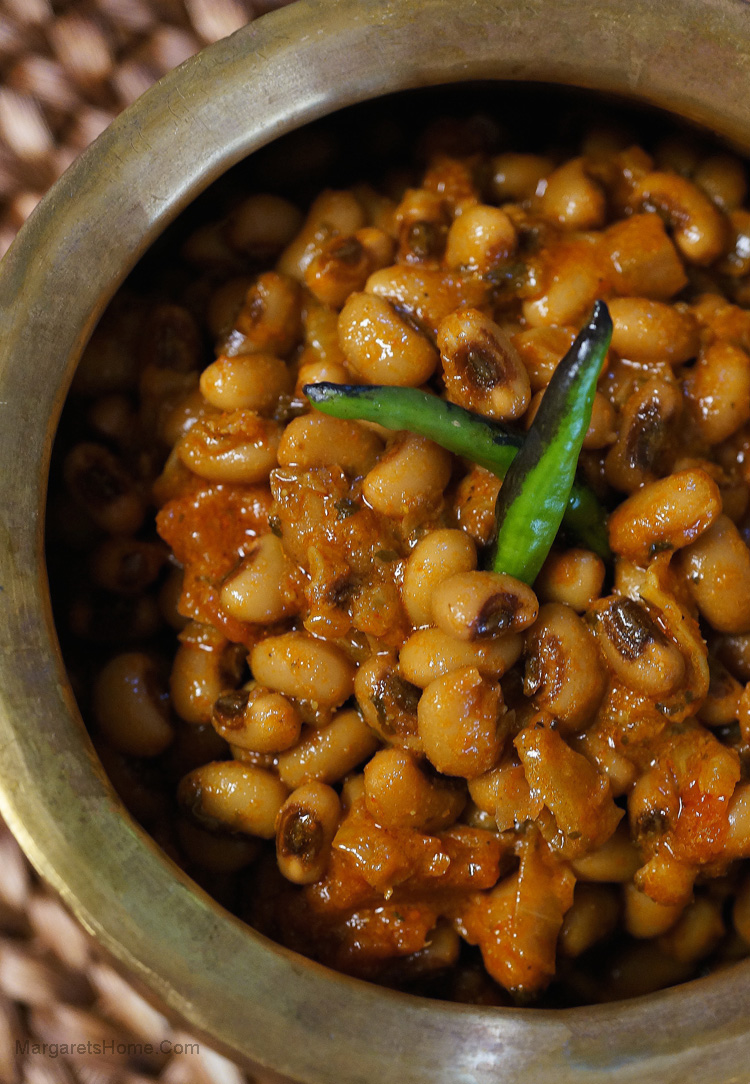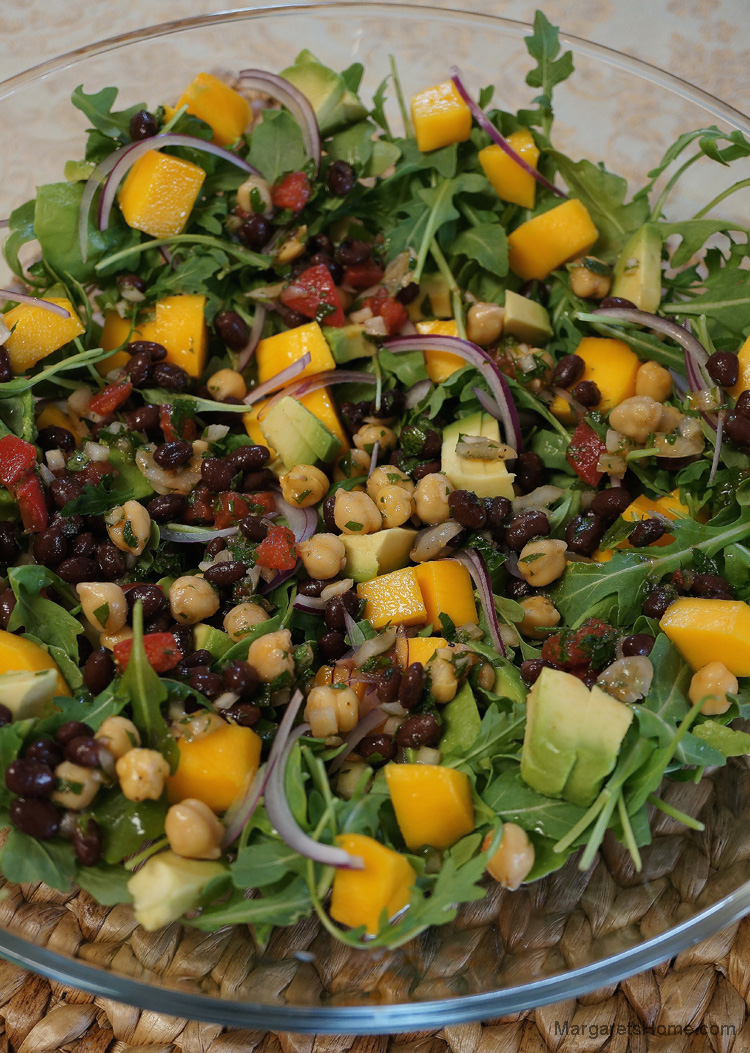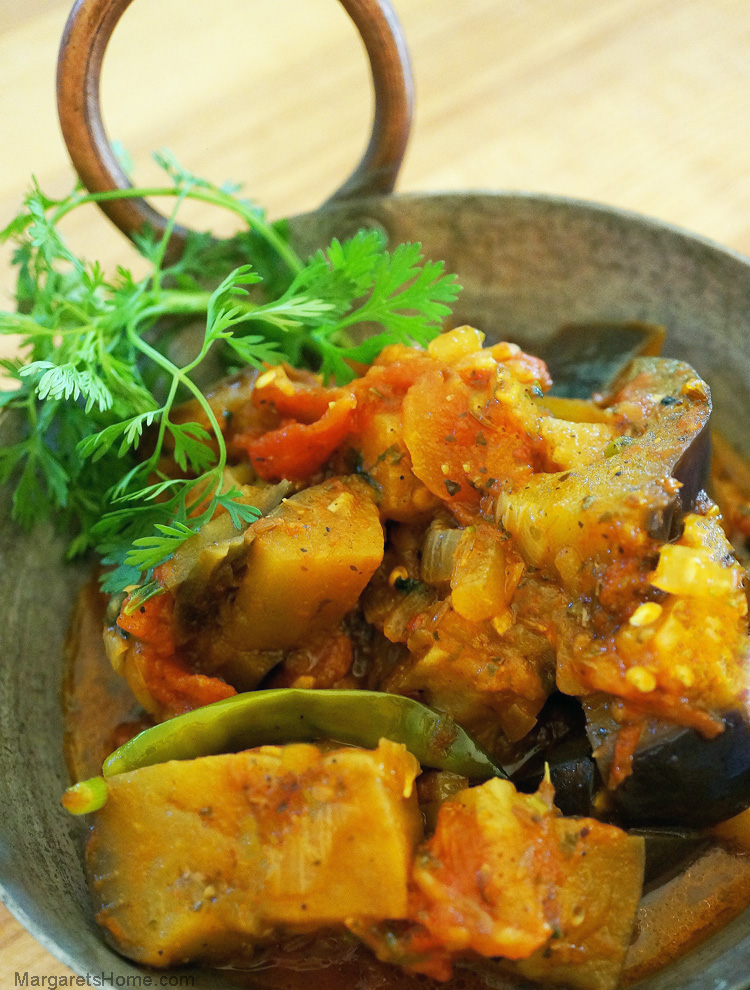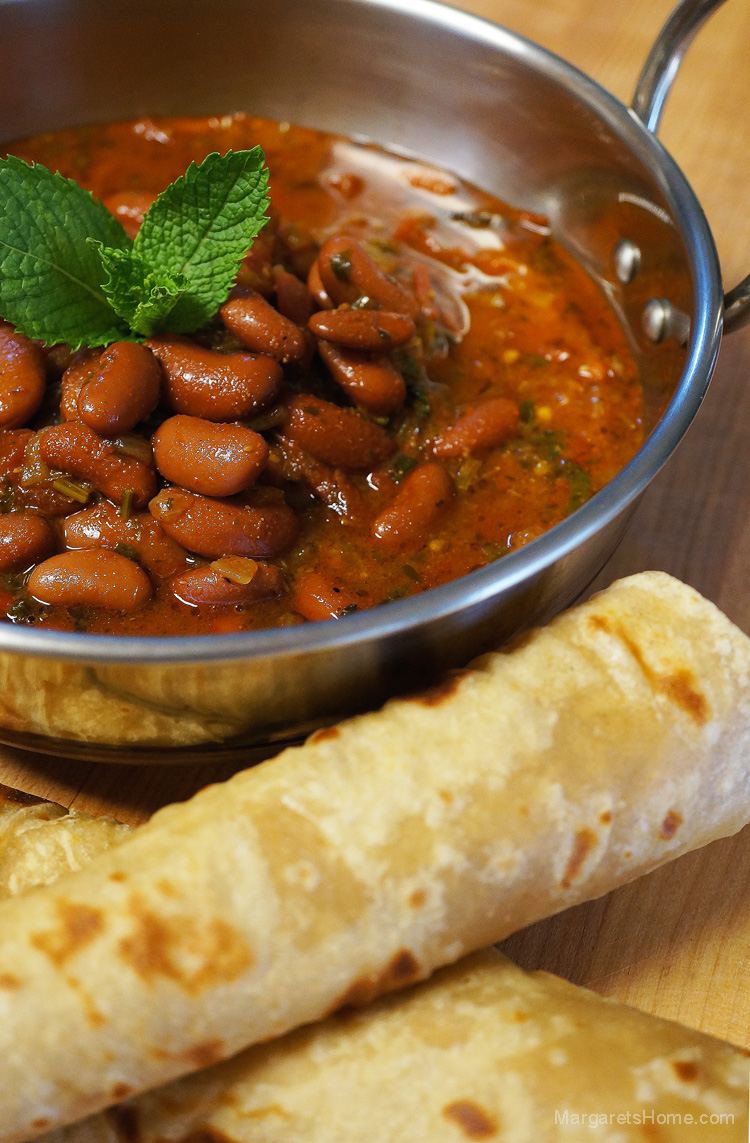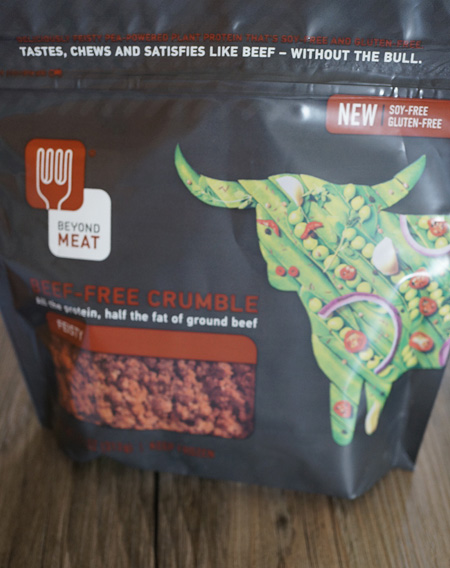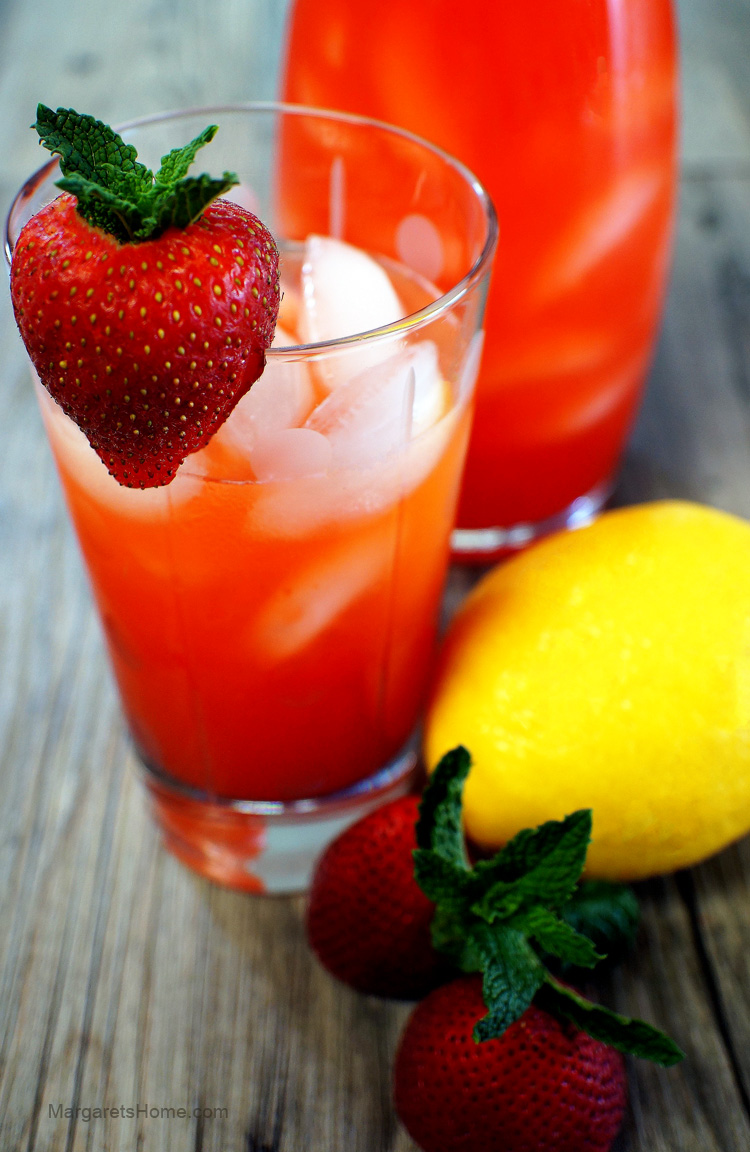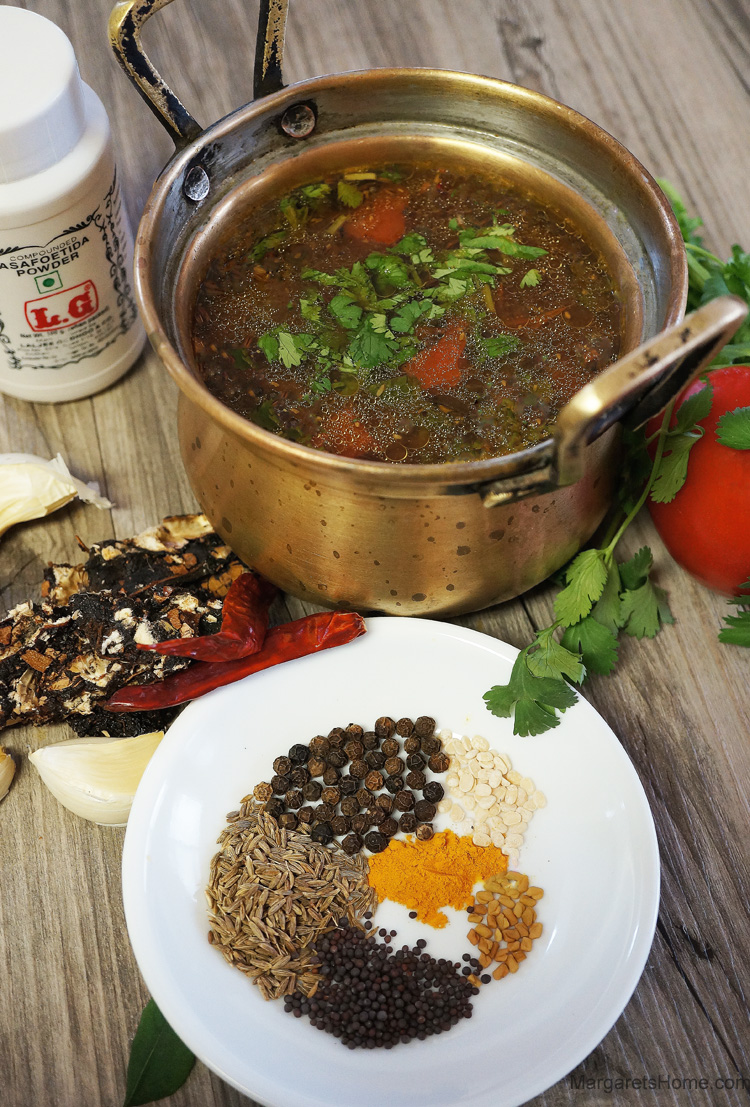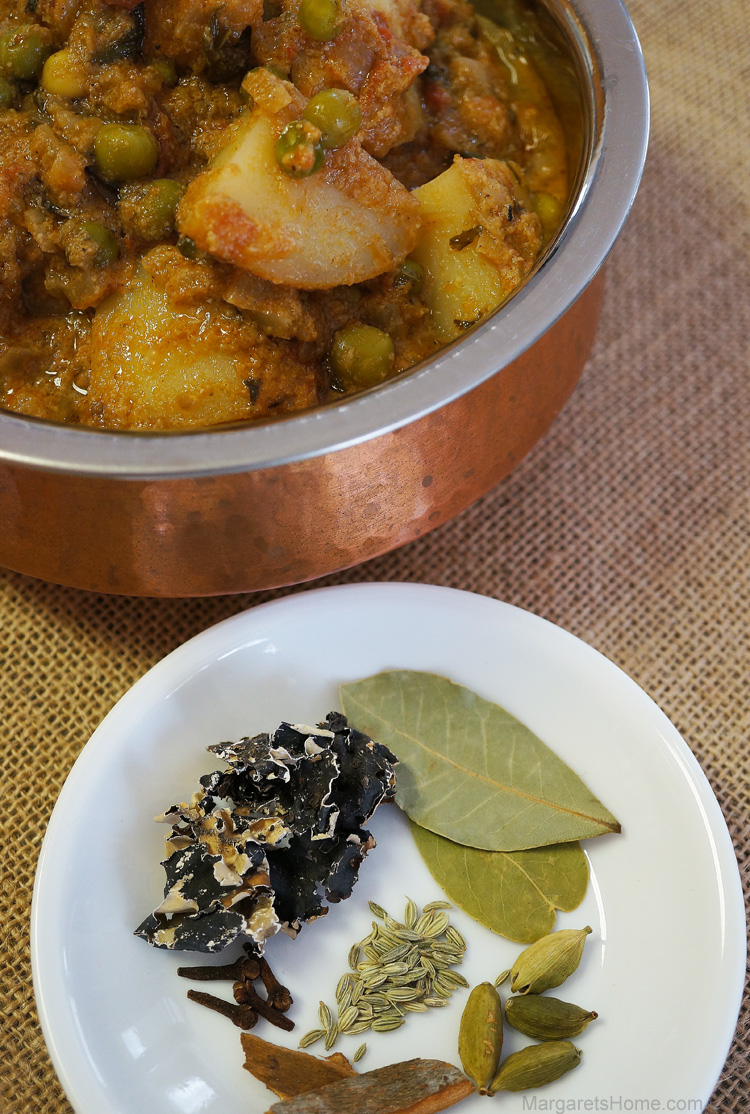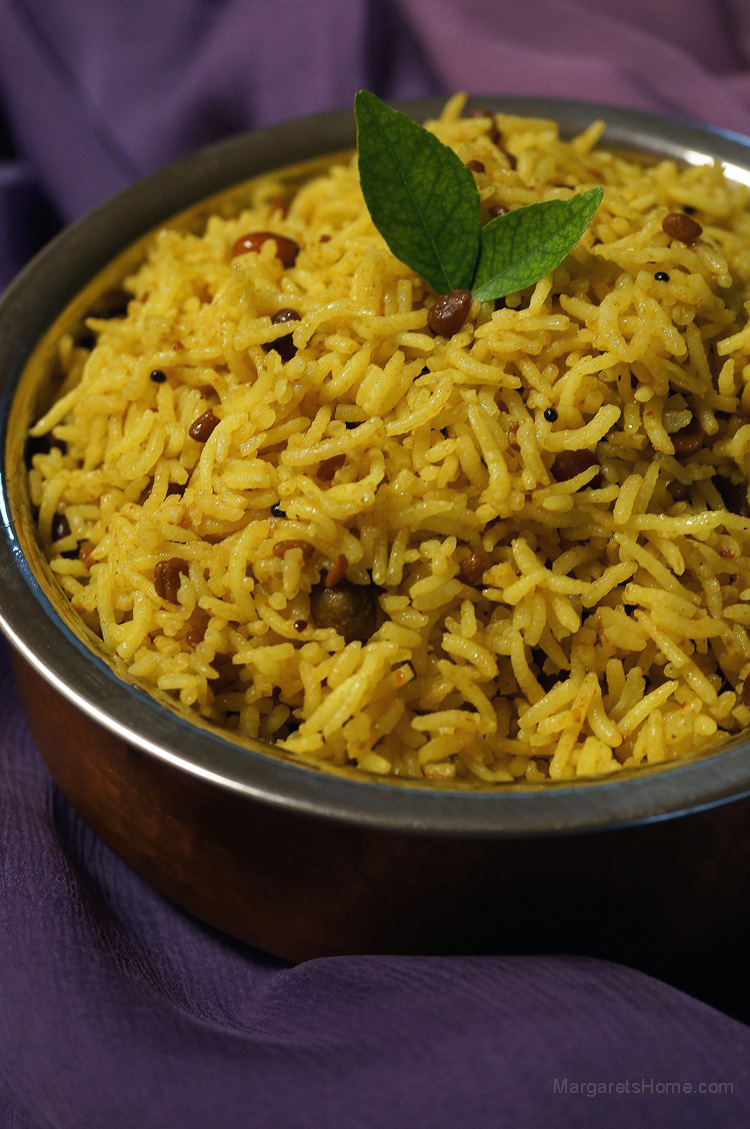
Tamarind rice is a tangy, spicy, nutty, flavor-infused rice dish from South India. Since the dish is made with tamarind, it keeps well without refrigeration. I am sure you will remember that I recently shared my lemon rice recipe with you. Both tamarind rice and lemon rice are popular dishes made by Indian families when they go on picnics and long journeys. There are several variations of this recipe and each dialect in India calls this dish by a different name. Here are a few – puliyodhari, puli sadam, puliyogare, and imli chawal.
Growing up in Pune, India, there were tall tamarind trees right next to my home. I remember plucking and eating raw green tamarind pods with salt and chilli powder. If you’ve done the same, your mouth must be watering just thinking about it! Tamarind pods are about five inches long and contain seeds. When they become ripe the thick, sticky pulp that surrounds the seeds have a sweet-sour taste. It can be found in various forms at the Indian and Asia grocery stores – concentrated pulp, whole dried pods, solid block form, powdered, and also in liquid form in cans. For this recipe, I’ve used the whole dried pods which I soaked in water and extracted the juice.
Did you know one of the ingredients in Worcestershire sauce is tamarind? As the story goes, the famous Worcestershire sauce was originally an Indian recipe that was brought back to Britain by Lord Marcus Sandys, the ex-Governor of Bengal. He took it to a chemist in Worcestershire, England, and asked him to make a batch of sauce from his recipe. They kept the sauce in barrels in a cellar. One day, in the middle of spring cleaning, they came across the barrel and tasted the special mixture. It had mellowed into a great sauce. The recipe was bought from Lord Sandys and today you will find Worcestershire sauce on kitchen shelves around the world. It’s a great story, however, I’m not sure if it is true!
For this recipe, I’ve made the tamarind rice spice powder from scratch. Once you’ve tried it, you will not want to use the store-bought packet again. This spice powder has a long shelf life, so you can store it in a clean bottle and use it to make tamarind rice again.
Tamarind Rice – Imli Chawal
Prep time: 15 minutes (does not include time to soak ingredients)
Cooking time: 35 minutes
Serves: 8
To make tamarind rice spice powder
Ingredients:
1 teaspoon vegetable oil
10-15 whole dry red chillies, (depending on heat and your preference)
½ teaspoon fenugreek seeds
1 teaspoon whole black pepper
½ teaspoon asafoetida powder, (hing)
6 tablespoons sesame seeds
Directions:
You only need a drop or two of oil to roast each of the above ingredients. Heat a small non-stick frying pan over medium heat. Fry all the above ingredients in the sequence that they are listed, one by one. Stir constantly while you roast each of them for 10-15 seconds or until they turn lightly brown and fragrant. When they are ready put them on a plate. Let them cool. Grind to a coarse powder in a coffee grinder. If you grind for too long the sesame seeds will turn oily. So, be careful. You will use only three teaspoons of this spice powder when you make the tamarind sauce. It keeps well and you can use the leftover spice powder when you make tamarind rice again.
To make the rice
Ingredients:
4 cups Basmathi rice
18 cups water
½ teaspoon turmeric powder
1 tablespoon salt
2 teaspoons vegetable oil
Directions:
Wash and soak the rice for 15 minutes. In a large pot, add water and bring it to boil over high heat. Add turmeric powder, salt and oil. Drain the soaked rice and add it to the boiling water. Stir and let the rice cook until al dente or almost done. Drain the water and spread the rice on a large sheet pan to cool.
To make the tamarind sauce
Ingredients:
1 cup tamarind, (tightly packed)
4 cups hot water
¼ cup sesame or vegetable oil
2 teaspoons mustard seeds
½ cup split Bengal gram
½ cup raw peanuts, (you can add up to one cup, if you like)
¼ cup split black gram
5 whole dry red chillies, (depending on heat and your preference)
1 sprig curry leaves
1 teaspoon asafoetida powder
2 teaspoons turmeric powder
1 teaspoons turbinado sugar or jaggery, (optional)
salt
2 tablespoons of sesame oil
Directions:
Soak the tamarind in four cups of hot tap water for 20 minutes. When it is cool, mash it with your fingertips to extract the tamarind juice. Strain the juice into a bowl and taste it to see if the juice is tart enough for the amount of rice that you plan to use. Adjust the tartness to suit your palate. Set it aside.
Put a large (non-reactive) pan over medium heat. Add oil and when it shimmers add the mustard seeds. When they splutter add the Bengal gram. When they begin to turn light brown add peanuts and fry for two minutes or until the peanuts are almost done. Add black gram and fry them until they turn light brown. Next, add the dry red chillies, curry leaves, asafoetida and turmeric. Fry for 10 seconds. Add the tamarind juice. Stir well and let the tamarind sauce thicken. It will take about 20-25 minutes. After the tamarind sauce thickens, add sugar, salt, three teaspoons of the tamarind rice spice powder, and two tablespoons of sesame oil. Stir, turn the heat to low and let it bubble gently for three minutes while the spices blend into the tamarind sauce.
To finish the Tamarind Rice
Directions:
If you make the same amount of tamarind rice as I did, divide the rice and tamarind sauce into three portions. Put one-third of the rice and one-third of the tamarind sauce into a large bowl. Toss gently so they mix well together. You can also use a fork to combine the rice and tamarind sauce. Once the rice and tamarind sauce is well mixed put it into a large pot. Do the same with the other two parts of rice and tamarind sauce. Cover the pot and let the tamarind rice rest for at least 30 minutes before you serve. Garnish with some fresh curry leaves.
